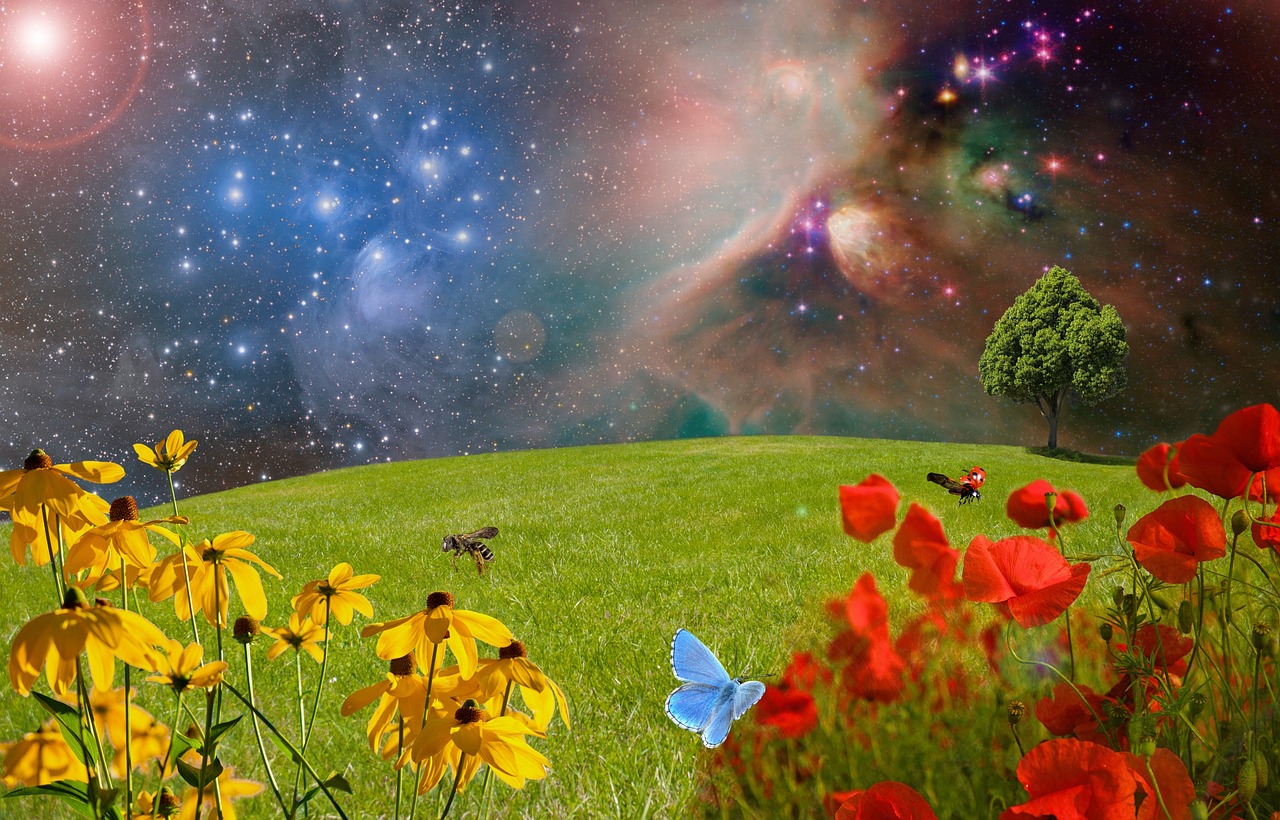Cosmic Wonders: Hubble’s Extraordinary Views of the UniverseThe Hubble Space Telescope has provided us with a window into the wonders of the universe, capturing breathtaking images that have left us in awe of the vastness and beauty that surrounds us. Through its lens, we have been able to explore distant galaxies, witness the birth and death of stars, and unravel the mysteries of dark matter and dark energy.One of the most captivating aspects of the Hubble’s images is their ability to transport us to far-off galaxies, giving us a glimpse into the cosmic tapestry that exists beyond our own Milky Way. The vibrant swirls of color and intricate patterns of stars and gas clouds paint a picture of a universe teeming with activity and wonder. These images have not only captivated the scientific community but have also inspired a sense of curiosity and awe in people around the world.But it’s not just the visual spectacle that makes the Hubble’s images so extraordinary. They have also led to groundbreaking discoveries about the universe. By studying these images, scientists have been able to uncover the secrets of star formation, witness the explosive deaths of massive stars in supernovae, and gain insights into the life cycles of celestial objects. The Hubble has given us a front-row seat to the cosmic drama unfolding in our universe.In addition to its observations of stars and galaxies, the Hubble has also played a crucial role in the study of dark matter and dark energy. These mysterious entities, which make up the majority of the universe, have long baffled scientists. Through its observations, the Hubble has provided valuable insights into the nature of dark matter and dark energy, helping us understand their influence on the evolution of the universe.In conclusion, the Hubble Space Telescope has revolutionized our understanding of the universe. Its extraordinary images have not only captured our imagination but have also deepened our knowledge of the cosmos. From the birth and death of stars to the mysteries of dark matter and dark energy, the Hubble has opened our eyes to the cosmic wonders that surround us.
The Birth and Death of Stars
The Hubble Space Telescope has provided us with a remarkable window into the birth and death of stars, offering breathtaking images and invaluable insights into the awe-inspiring processes that shape our universe. Through its observations of stellar nurseries, supernovae, and the life cycle of stars, the Hubble has unraveled the mysteries surrounding these celestial phenomena.
Stellar nurseries, also known as nebulae, are vast clouds of gas and dust where new stars are born. The Hubble has captured stunning images of these cosmic cradles, revealing the intricate structures and swirling patterns within them. These nurseries serve as the birthplace for stars, as gravity causes the gas and dust to collapse under their own weight, eventually forming protostars. The Hubble’s observations have allowed scientists to study this process in detail, deepening our understanding of how stars come into existence.
Supernovae, on the other hand, mark the explosive end of a massive star’s life. These cataclysmic events release an immense amount of energy and light, briefly outshining entire galaxies. The Hubble has captured the brilliant aftermath of supernovae, showcasing the remnants of these stellar explosions. By studying these remnants, scientists can learn more about the elements that are forged in the intense heat of a supernova, enriching the cosmic landscape with heavier elements crucial for the formation of planets and life as we know it.
The life cycle of stars is a fascinating journey that spans millions, if not billions, of years. From the formation of protostars to their evolution into main-sequence stars, and eventually their transformation into white dwarfs, neutron stars, or even black holes, the Hubble has provided us with a front-row seat to this cosmic spectacle. Its observations have allowed scientists to study the various stages of stellar evolution, shedding light on the forces that govern their existence and demise.
In summary, the Hubble’s observations of stellar nurseries, supernovae, and the life cycle of stars have deepened our understanding of the universe and the processes that shape it. By delving into these extraordinary views of the cosmos, we gain a greater appreciation for the beauty and complexity of the celestial world we inhabit.
The Mysteries of Dark Matter and Dark Energy
The Hubble Space Telescope has played a pivotal role in unraveling the mysteries surrounding dark matter and dark energy, two enigmatic phenomena that have baffled scientists for decades. By peering deep into the cosmos, Hubble has provided valuable insights into the nature of these elusive entities and their profound influence on the evolution of the universe.
Dark matter, a mysterious substance that does not emit, absorb, or reflect light, comprises a significant portion of the universe’s mass. Its existence was first proposed to explain the gravitational forces that hold galaxies together, as ordinary matter alone cannot account for this phenomenon. Through its observations, Hubble has provided compelling evidence for the existence of dark matter, revealing its presence in galaxy clusters and the gravitational lensing effects it produces.
Dark energy, on the other hand, is an even more puzzling force that is believed to be responsible for the accelerating expansion of the universe. Hubble’s observations of distant supernovae have confirmed the existence of dark energy, as these cosmic explosions serve as cosmic distance markers. The data collected by Hubble has shown that the expansion of the universe is not slowing down, but rather speeding up, indicating the presence of this mysterious force.
By studying dark matter and dark energy, Hubble has shed light on the fundamental questions surrounding the nature of the universe. Its observations have provided crucial data for cosmologists to develop theories and models that explain the behavior and composition of these mysterious entities. The discoveries made by Hubble have not only expanded our understanding of the cosmos but have also raised new questions, inspiring scientists to delve deeper into the mysteries that lie beyond our reach.

